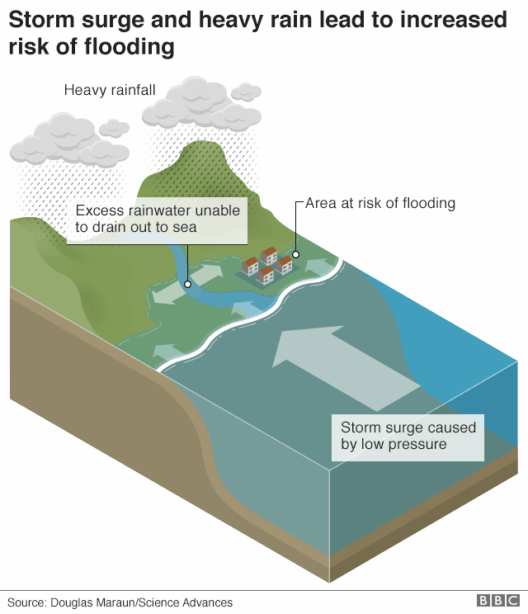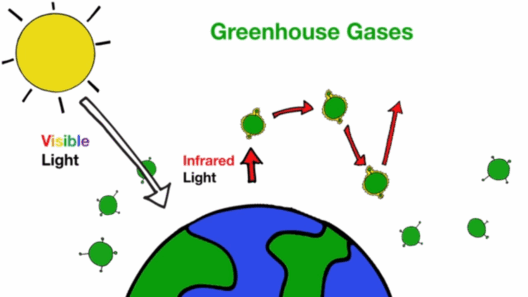A growing body of evidence suggests that our love affair with air conditioning is not without consequence. In fact, the very systems designed to provide relief from sweltering heat could be contributing to the overall warming of our planet. This paradox warrants a deeper exploration into how air conditioning works and its implications for global climate change.
Air conditioning operates primarily on the principles of thermodynamics. It absorbs heat from indoor air and expels it outside, effectively cooling the environment within. While this seems beneficial, it is essential to recognize that the mechanisms used to power these units—often electricity generated from fossil fuels—can lead to substantial greenhouse gas emissions.
From a broader perspective, the proliferation of air conditioning is closely linked to rising global temperatures. As temperatures increase, more individuals and businesses turn to air conditioning to maintain comfort levels. This creates a vicious cycle, where increased demand contributes to higher emissions, which in turn exacerbates climate change. The escalation of air conditioning usage is particularly pronounced in developing countries, where economic growth has enabled more people to acquire these systems.
One of the most insidious elements of air conditioning is its use of refrigerants. These substances, essential for the cooling process, have potent greenhouse gas effects. Hydrofluorocarbons (HFCs) are commonly used as refrigerants in modern air conditioning systems. Their global warming potential is staggering; some HFCs can have a warming effect up to 14,000 times greater than that of carbon dioxide over a 100-year period. The continued use of HFCs has led to international efforts, such as the Kigali Amendment to the Montreal Protocol, aimed at phasing down these harmful substances.
As this issue unfolds, the concept of ‘thermal invertors’ introduces an intriguing counter-narrative. These energy-efficient systems adapt the temperature setting depending on environmental conditions. While this technology represents progress, it should not distract from the overarching dilemma of energy consumption.
The electricity required for air conditioning systems often contributes to the burning of fossil fuels, resulting in increased carbon emissions. In fact, research indicates that cooling accounts for a significant portion of electricity consumption in regions with high air conditioning penetration. The greater the reliance on air conditioning, the higher the demand placed on power grids, further influencing heating effects in urban areas—an occurrence known as the ‘urban heat island effect.’
This phenomenon refers to urban areas that experience significantly warmer temperatures than their rural counterparts, primarily due to human activities, including extensive air conditioning use. Concrete and asphalt absorb and retain heat, raising ambient temperatures. When combined with the additional heat distributed by air conditioning units, urban areas grow increasingly inhospitable, worsening the impacts of heatwaves.
In response to these challenges, innovative solutions are being explored that aim to balance comfort and environmental stewardship. The burgeoning field of sustainable architecture emphasizes natural ventilation, passive cooling techniques, and the integration of green roofs. Such strategies can significantly reduce reliance on air conditioning and mitigate their environmental impacts.
Additionally, retrofitting existing air conditioning units can also yield impressive results. By upgrading older systems to more efficient models that adhere to modern environmental standards, we can minimize refrigerant leakage and reduce energy consumption. Incorporating smart technology into these systems further amplifies their efficiency by optimizing use based on occupancy and environmental conditions.
Beyond technical modifications, there lies an imperative need for policy intervention. Governments play a critical role in mandating energy efficiency standards for appliances and incentivizing the transition to cleaner energy sources. Policies encouraging the adoption of renewable energy sources—such as wind, solar, and hydroelectric power—are necessary for reducing the fossil fuel dependency associated with air conditioning.
Consumer behavior, too, is pivotal. Raising awareness about the effects of over-reliance on air conditioning, promoting alternative cooling solutions, and encouraging more sustainable lifestyle choices can lead to a collective cultural shift. Individuals can make thoughtful decisions about when and how to use air conditioning, such as setting higher temperatures during peak times or utilizing fans and proper insulation to enhance comfort without mechanical cooling.
Ultimately, it is crucial to consider air conditioning not merely as a commodity for comfort, but as a complex entity requiring careful deliberation within the broader context of climate change. As climate challenges intensify and heatwaves become increasingly prevalent, the urgency of rethinking our approach to cooling escalates.
Air conditioning undoubtedly serves an essential function in modern society, yet it carries with it a set of responsibilities that we must confront. Only by addressing the environmental implications of air conditioning can we hope to mitigate its effect on the planet and create a sustainable future that preserves comfort without compromising ecological integrity.







